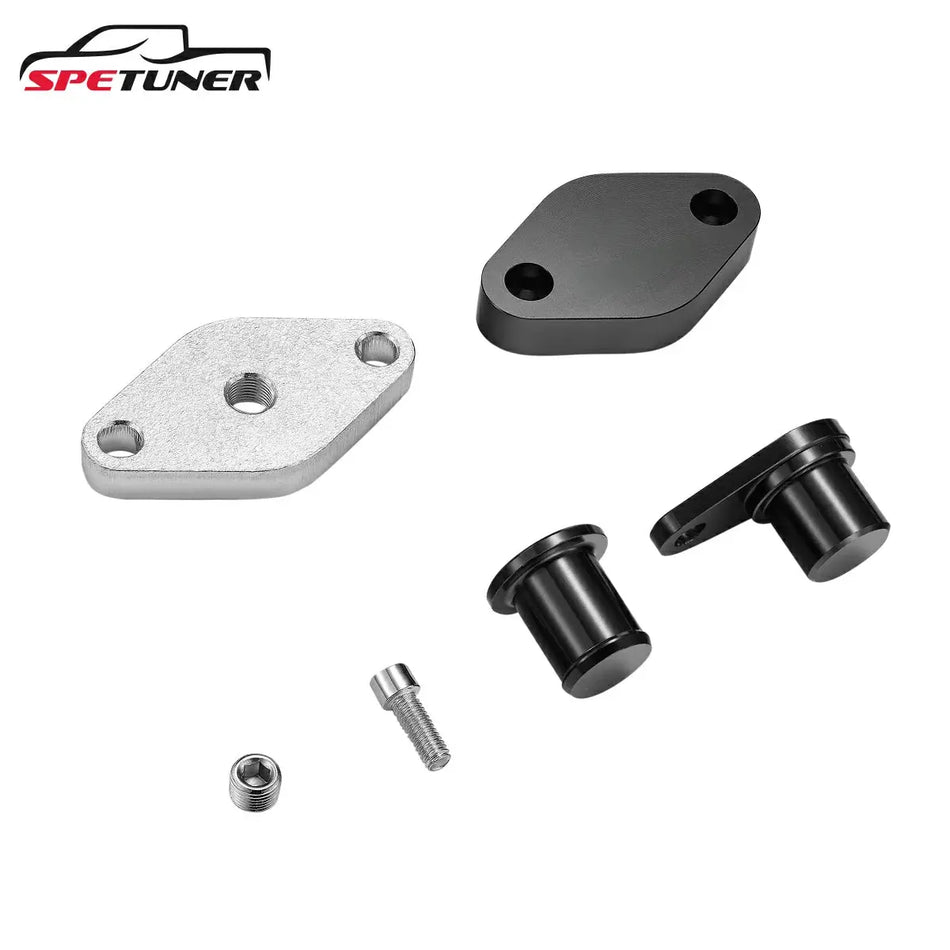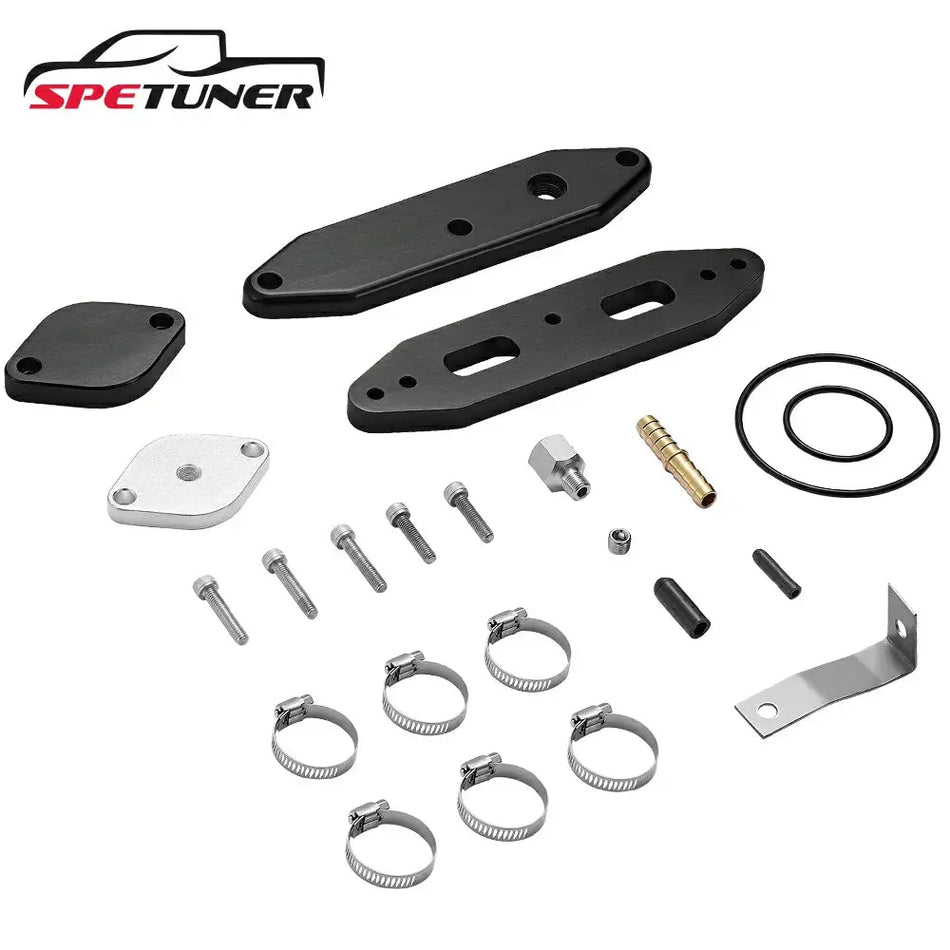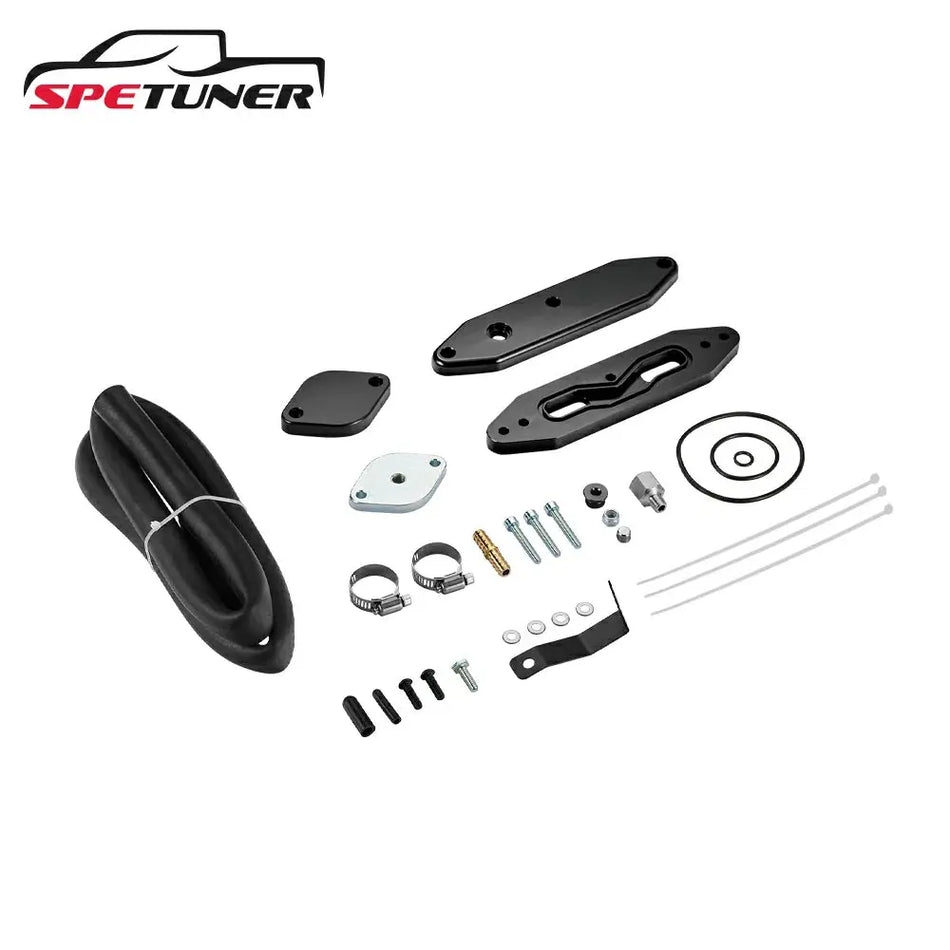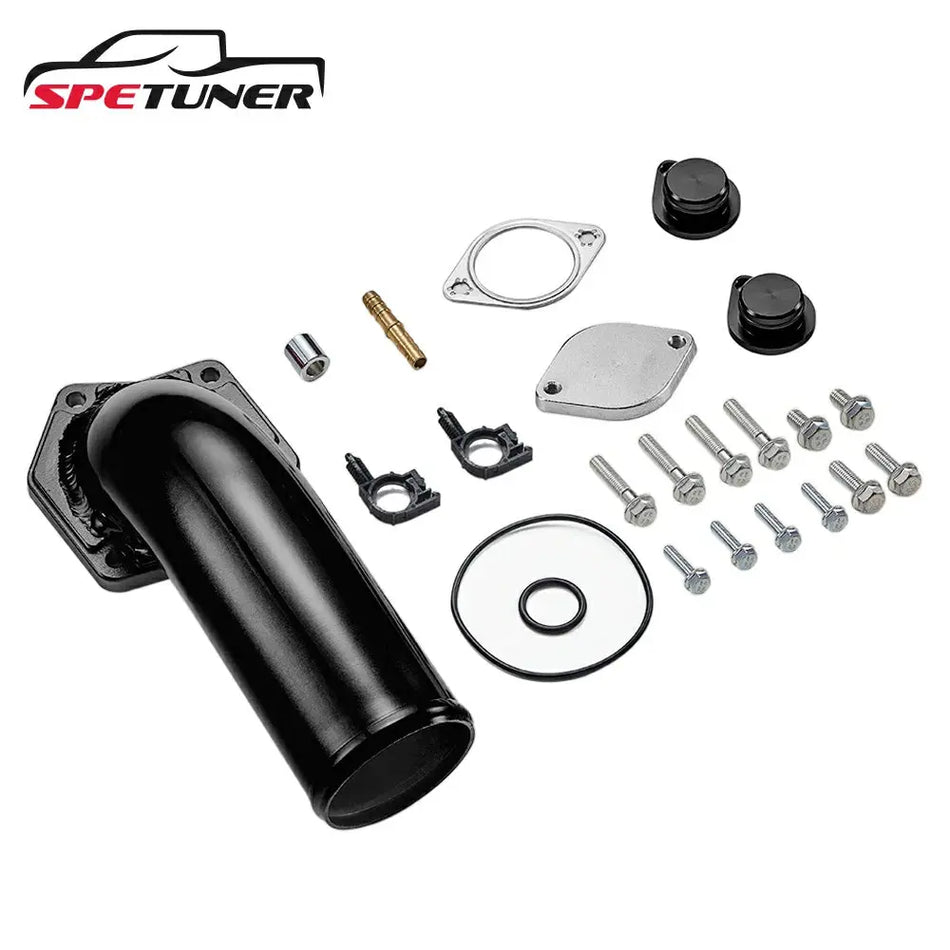Disclaimer: This guide is intended for off-road or competition use only. Modifying or disabling emissions systems is prohibited on public roads in many regions. Always review applicable laws before proceeding.
This guide provides step-by-step instructions for modifying the diesel emissions control systems—DPF, DEF, and EGR—on a 2018–2020 Ford F150 3.0L Powerstroke engine. These modifications aim to improve engine performance, reduce exhaust temperatures, and simplify maintenance for non-road applications.
Benefits of Emissions System Modification (Off-Road Use)
- Improved throttle response and power delivery
- Lower exhaust gas temperatures (EGTs)
- Reduced maintenance from fewer emissions-related failures
- Elimination of DEF fluid usage
- Simplified exhaust system for off-road operation
Required Tools and Components
- Off-road emissions modification kit (includes EGR, DPF, DEF hardware replacements)
- ECM tuner with compatible off-road calibration files
- Basic mechanical hand tools
- Battery charger (5–15 amp recommended)
- Coolant (Ford VC-13 G11 or equivalent)
- Thread sealant, zip ties, and safety equipment
Step 1: ECM Calibration
Connect the ECM tuner to the vehicle's OBD-II port. Follow device-specific instructions to update firmware and select the appropriate off-road calibration. Choose a power level based on the intended use case. Maintain a steady power supply using a battery charger during the flashing process to avoid interruption.
Step 2: Exhaust System Modification (DPF and DEF)
Apply penetrating fluid to all exhaust fasteners. Disconnect sensors and remove the OEM diesel particulate filter (DPF) and diesel exhaust fluid (DEF) hardware. Install the replacement off-road exhaust pipe. Ensure proper alignment and seal joints with high-temperature sealant to prevent leaks. This step allows for reduced back pressure and improved turbocharger efficiency.
Step 3: EGR System Modification
Drain the coolant and disconnect the battery. Remove the intake manifold, EGR cooler, and associated lines. Install block-off plates on the exhaust and coolant ports. Cap any remaining vacuum lines. While some off-road tuners electronically disable the EGR system, physical removal can reduce heat soak and prevent long-term leaks or failures.
Step 4: Reassembly and Fluid Refill
Reinstall all removed components, reconnect the battery, and refill the coolant system. Start the engine, check for leaks, and monitor fluid levels. Perform a short test drive in a controlled area to confirm proper engine operation and exhaust flow.
Frequently Asked Questions
A: Yes, with appropriate ECM tuning, the engine will function normally in off-road environments without the DPF and DEF systems.
Q: Is EGR system modification necessary?A: It is not mandatory, but it is recommended to reduce thermal stress and avoid coolant-related failures over time.
Q: Can the vehicle be restored to factory emissions configuration?A: Restoration is possible if OEM components are retained and no connectors or mounting points are damaged during the modification process.










